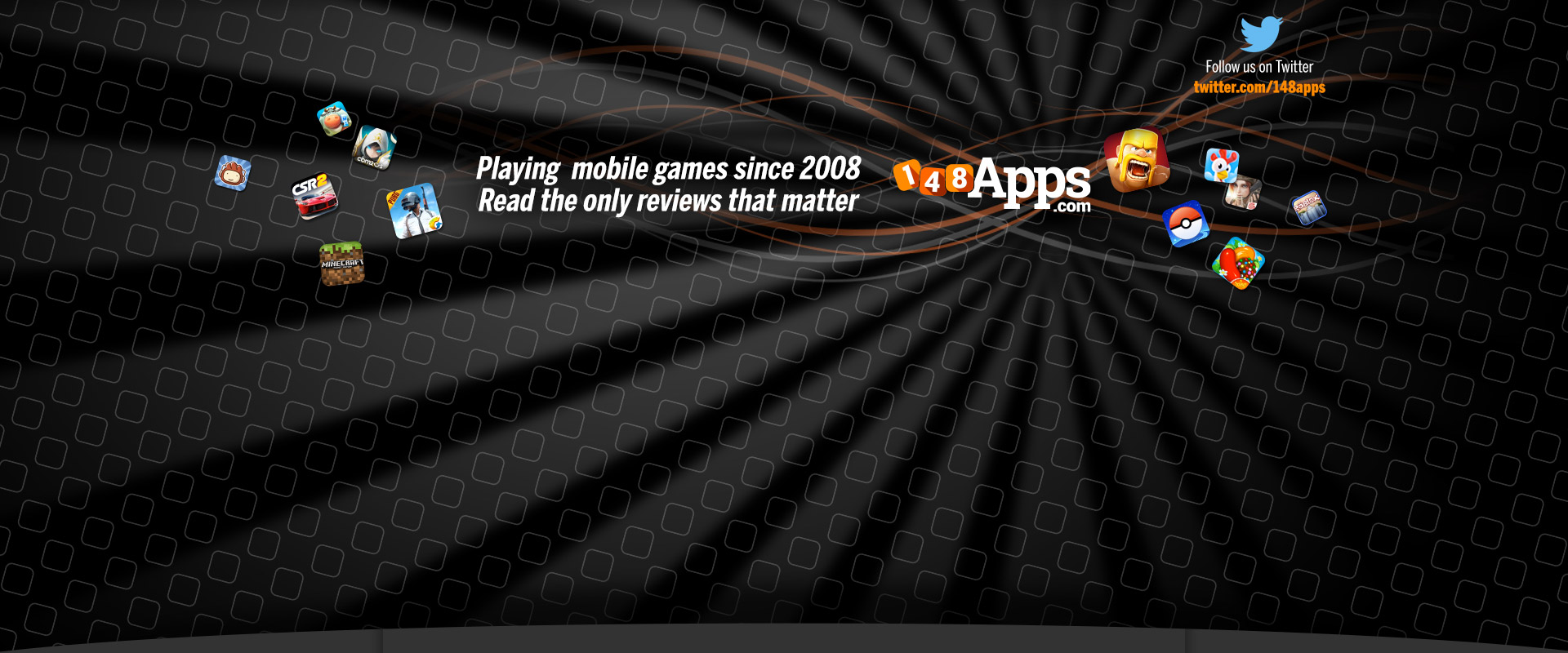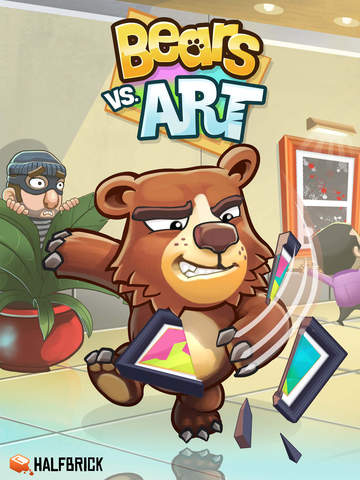It Came From Canada: Halfbrick's Bears vs. Art
Are the fine people at Halfbrick rather angry? Their last game, Colossatron, was about destroying humanity as a giant serpentine robot. Bears vs. Art can't escalate on that concept, but it does try to go for something a bit higher-class: namely, destroying art as a rolling bear. The game's currently in its soft launch phase, so I put on my monocle for this edition of It Came From Canada!


Most levels just feature the bear and the paintings on the wall to destroy, but patrons are a frequent occurence. The patrons behave chaotically, though with certain rules: they always move if the bear gets near them. Thus, this requires an intelligent approach to taking them down; though if time and moves are a factor, this can be rather difficult. This is a system I'd be kind of wary of since it seems like it could be a real energy-drainer, but Halfbrick's a reputable enough company that I would trust to not use this kind of system against players.
So, the levels become about figuring out the proper sequence to solve the various puzzles. Some paintings require rolling from a specific spot. Being able to roll diagonally really opens up the puzzle design. The introduction of timed levels, and ones where players must try to take out patrons and thieves (or even avoid them!), add even more variety, especially as levels start to blend each type together.


The game is ruled by an energy system, though energy gets refunded for completing a level successfully. There are coins to be earned and costumes with different effects to buy with them, along with extra turns and rage mode. There are permanent turn and time additions, but they come at rather expensive costs: $14.99 each as of the soft launch. The energy bar is lengthy, but later levels start to use more than one unit of energy and it refills very, very slowly. Like "16 hours of waiting didn't refill it all the way" slow.
Of course, since it's a soft launch these could all change as time goes on, and it's quite possible they will. Free-to-play requires some exploration to see what works, and this game feels like it could be enjoyed long-term for free, so paying customers may need to shell out more for the game to be financially viable. Still, time will tell how players will take to it.














